
From Omaha to Utah
Battery Maisy was the largest German defensive position which could hit Omaha beach, the beach south of Pointe du Hoc up to Utah beach.
The German command decoyed Allied Command towards Pointe du Hoc, they made the Allied believe that there was an operational battery on top of the cliff, while, in total secrecy, they created a fully operational battery more inland.
Battery Maisy consisted of multiple bunkers, more than two kilometres of trenches and gun positions.
The Battery was so well concealed that it didn’t show up on any Allied maps carried by the soldiers from the invasion force on D-Day, the 6th of June 1944.
The diversion led the Allied forces on D-Day towards Pointe du Hoc where the Rangers had a great challenge to climb the 30 meters high cliff while being suppressed by German rifle and machine gun fire. The Rangers bravely captured Pointe du Hoc and sadly found empty gun emplacements, they were not ordered to assault the Maisy Battery though.
Until three days after D-Day, from the 6th until the 9th of June 1944, Maisy’s guns fired on the western end of Omaha beach and the southern end of Utah beach.
On the 9th of June the Battery was put out of action in a 5 hour battle in a combined operation of an air and naval bombardment and a land based assault by the US 5th Rangers Battalion, the 2nd Rangers Battalion with half tracks and heavy mortars together with elements of the 116th of the 29th Division. 18 soldiers were killed or wounded during the battle of the Maisy Battery.
There is more to this story, the Germans didn’t conceal it this well and it was well known by the Allied forces even though it was hardly attacked before and on D-Day. Strangely the site was buried with one or two meters of soil as soon as the war ended.
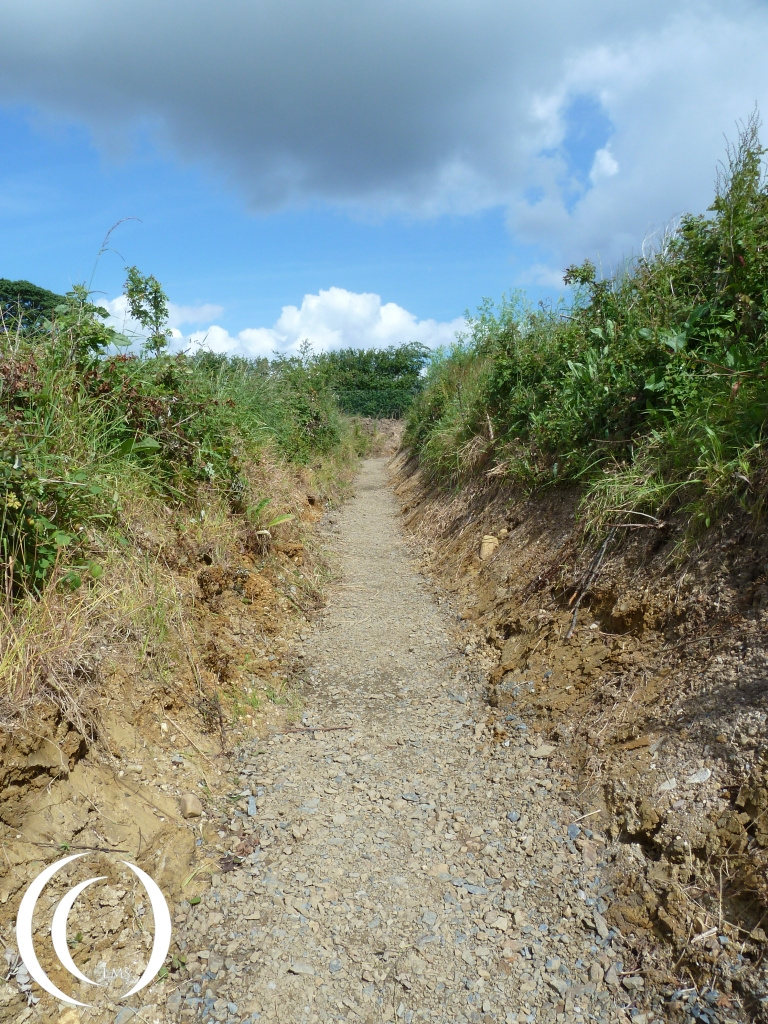
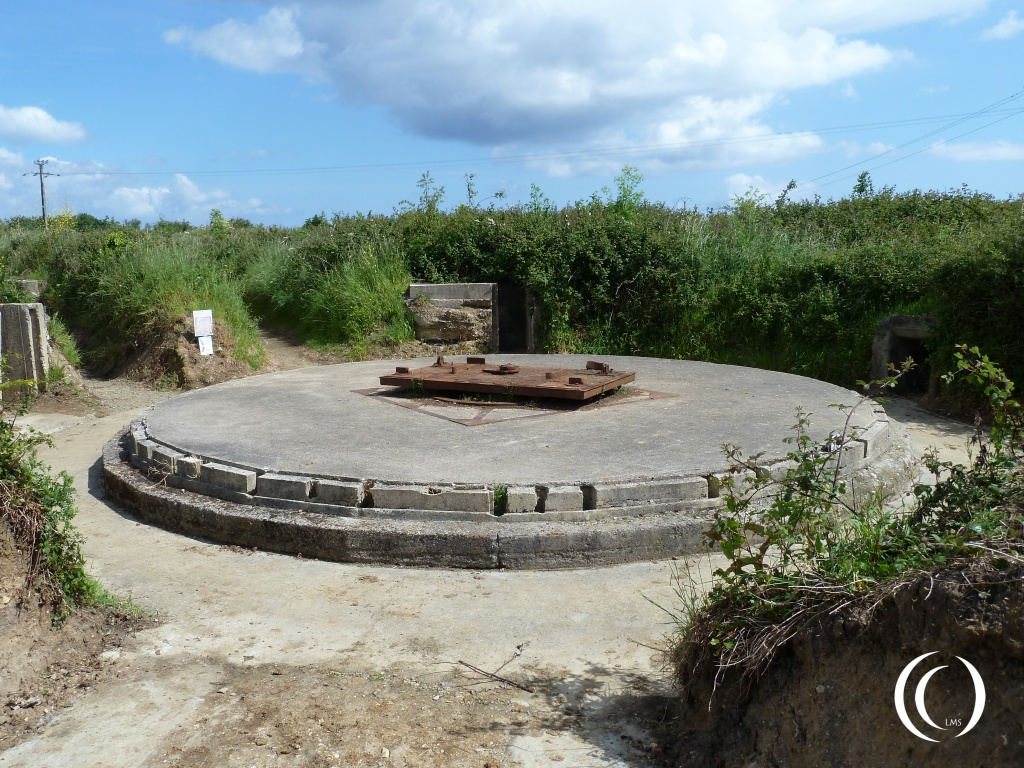

Planning and Construction
Battery Maisy was a coastal fortification on the Atlantic Wall near the French town of Grandcamp – Maisy in Normandy, France. It was constructed by Organisation Todt and they used forced labourers, mostly from the eastern part of the German Reich, Russians, Polish and Czechoslovakians.
The Battery was built in 1942 and in use until 1944. It is located 6 kilometres south – west of Pointe du Hoc. The original German name wasn’t Battery Maisy but Wiederstandsneste 83 les Perruques or WN83, meaning Point of Resistance number 83.
The battery housed a Wehrmacht garrison with 450 men from the 352nd and 716th Infantry Divisions. In the last stage before D-Day they added an anti aircraft detachment to the Battery. It had numerous constructions like personnel bunkers, ammunition storage, and officer’s quarters, a kitchen, a hospital, a radar station, several mortar pits and machine gun tobruks. These buildings and gun emplacements are all connected with trenches and tunnels covered with soils and vegetation on top, otherwise camouflaged and well concealed.
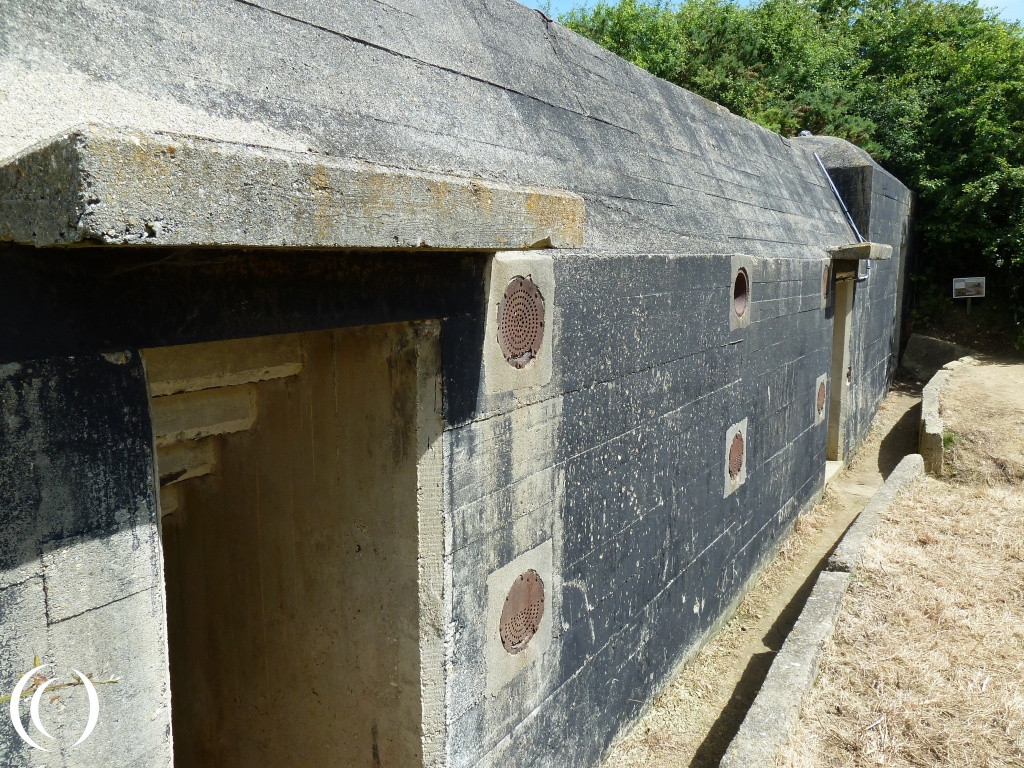
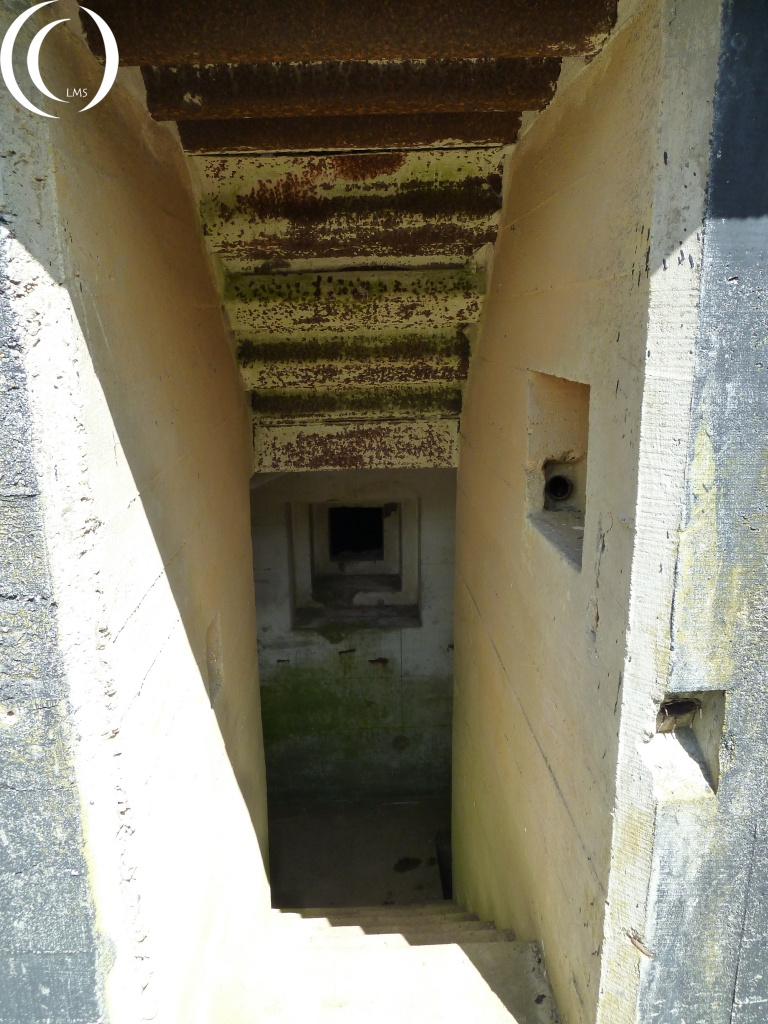

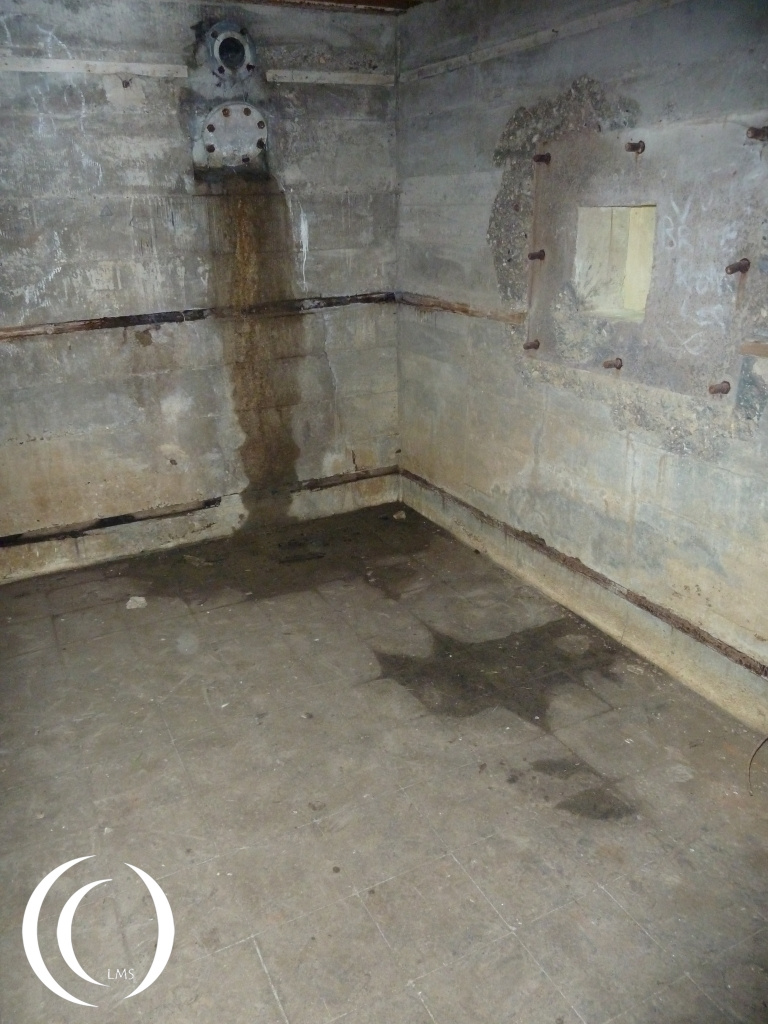
Battery Maisy consisted of 3 gun Batteries. One battery location had four 100 mm Skoda guns, and was named Widerstandsnest 84; Martinière and lies some 300 metres further west. The second battery consisting of six 155 mm French World War One guns was named Widerstandsnest 83; les Perruques. Besides these two batteries the Germans ordered a field battery with four 150 mm guns at the Fouchers farm nearby.
The latter was destroyed by a Naval bombardment on the 8th of June. The other Batteries had to be taken out by the Rangers.
Somewhere in the batteries there were other guns to be found like a British 25 pounder, a Russian 76mm howitzer, two French tank turrets and two 50mm anti tank guns.
As anti aircraft defense Battery Maisy housed 12 pieces of 88mm Flak guns plus 20mm and 37mm Flak guns, they arrived on the 5th of June 1944 a day before D-Day.
Recovery of the Maisy Battery
Gary Sterne came across a map found in old clothing from an U.S. serviceman. It was an invasion map of the Omaha beach and it showed a marked area with the text; “Area of high resistance”.
Gary went to Normandy and started looking in for this “Area of high resistance”. He stumbled upon bunkers and trenches and started excavation in 2004. Over the years he bought pieces of land and excavated the site more and more.
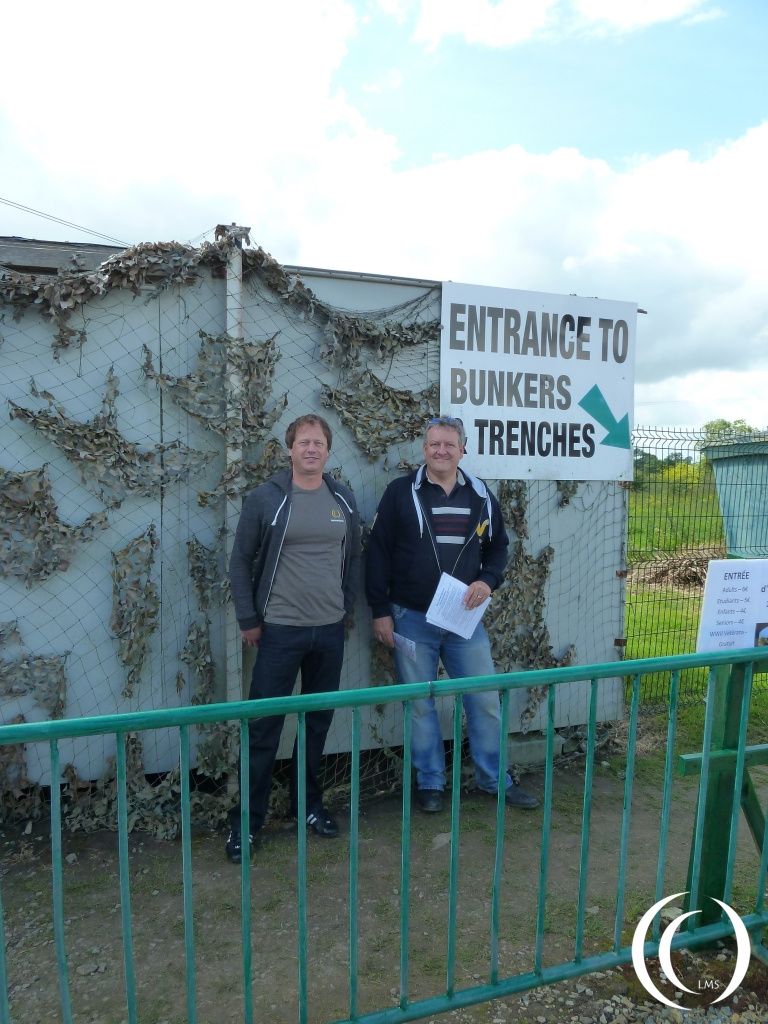
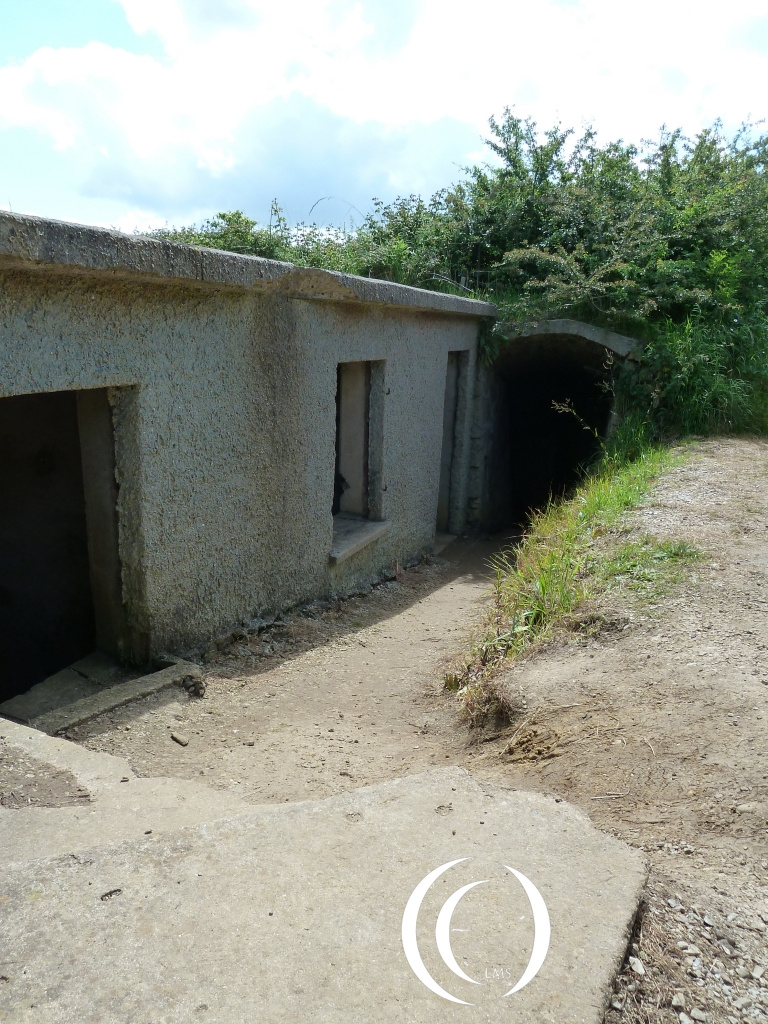
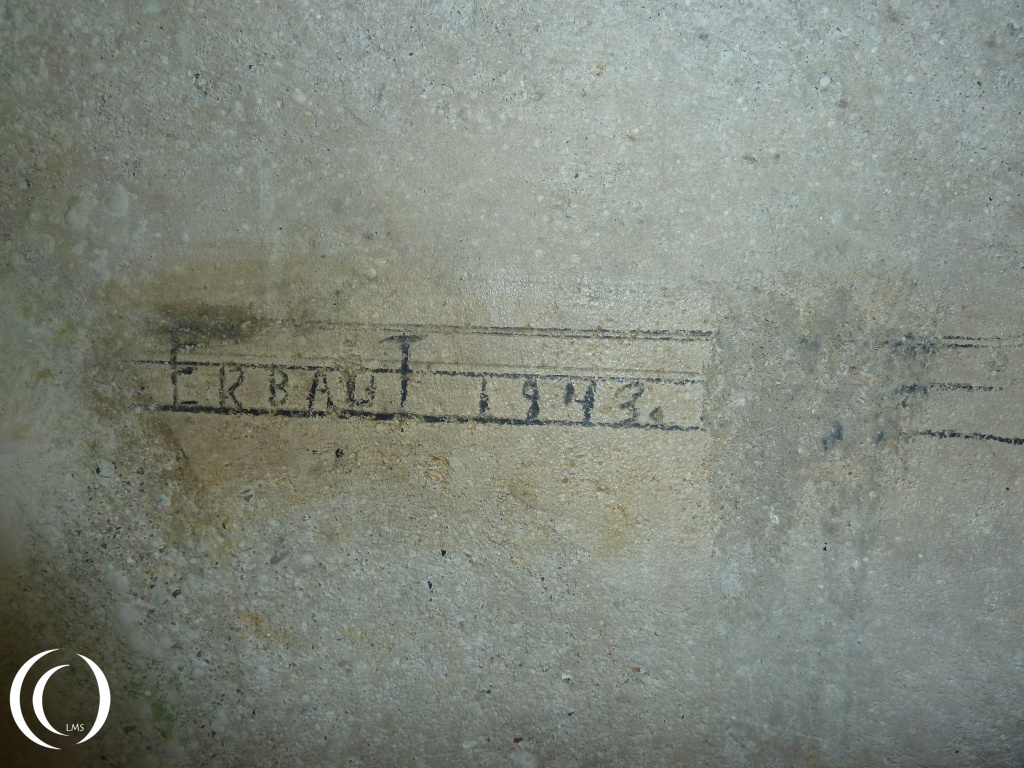
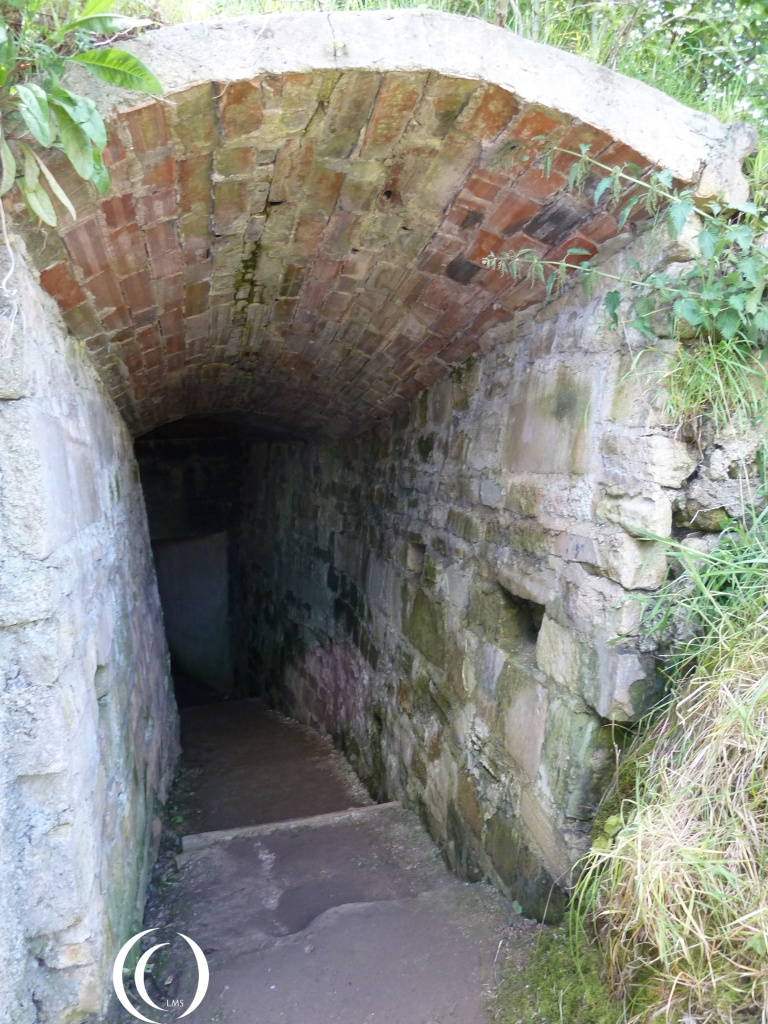
The Germans thought to have fooled the Allied, but investigation by Gary shows that the Allied knew about the Maisy Batteries and their guns. In May 1944 there is evidence that the information was known to Allied command. Why the battery didn’t show up on the maps of the land assault forces or why the Rangers had to go on with their assault on an empty gun battery seems a mystery. The original command shows that the rangers had to secure the batteries but the order was kept behind by their commander, it never reached the Rangers. The burying of the Maisy Battery with earth stays another mystery for now. It is known that Colonel Rudder had an intelligence dossier on Maisy, complete with maps, aerial photos from the RAF and a briefing for the Rangers and of course his own orders.
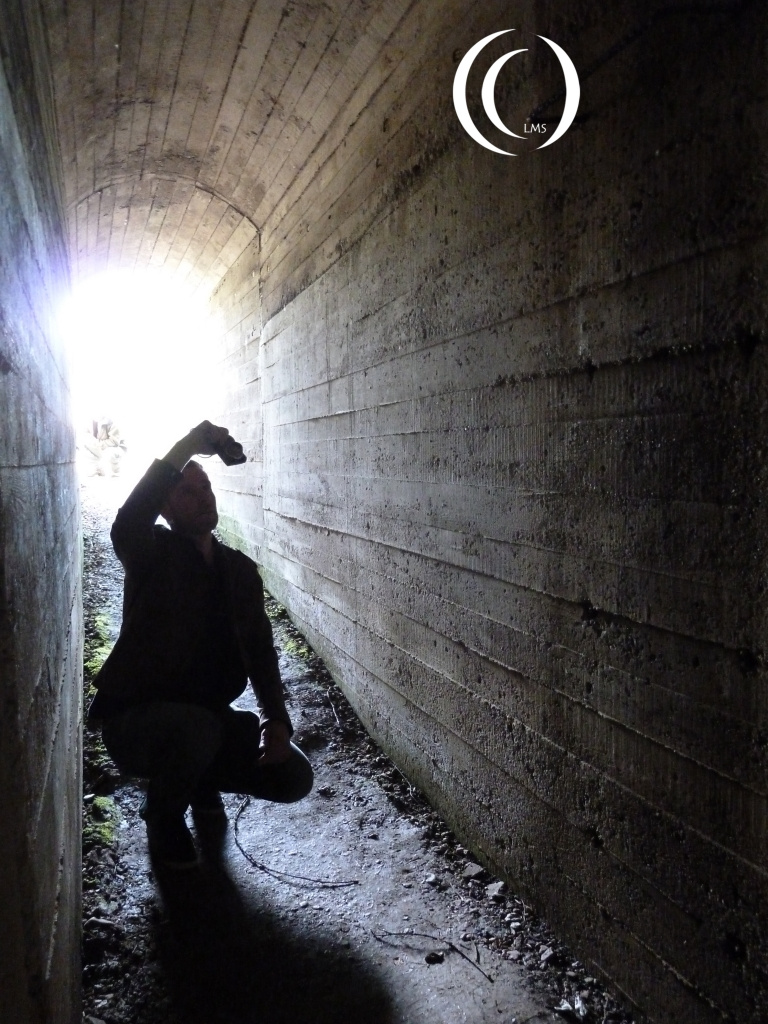

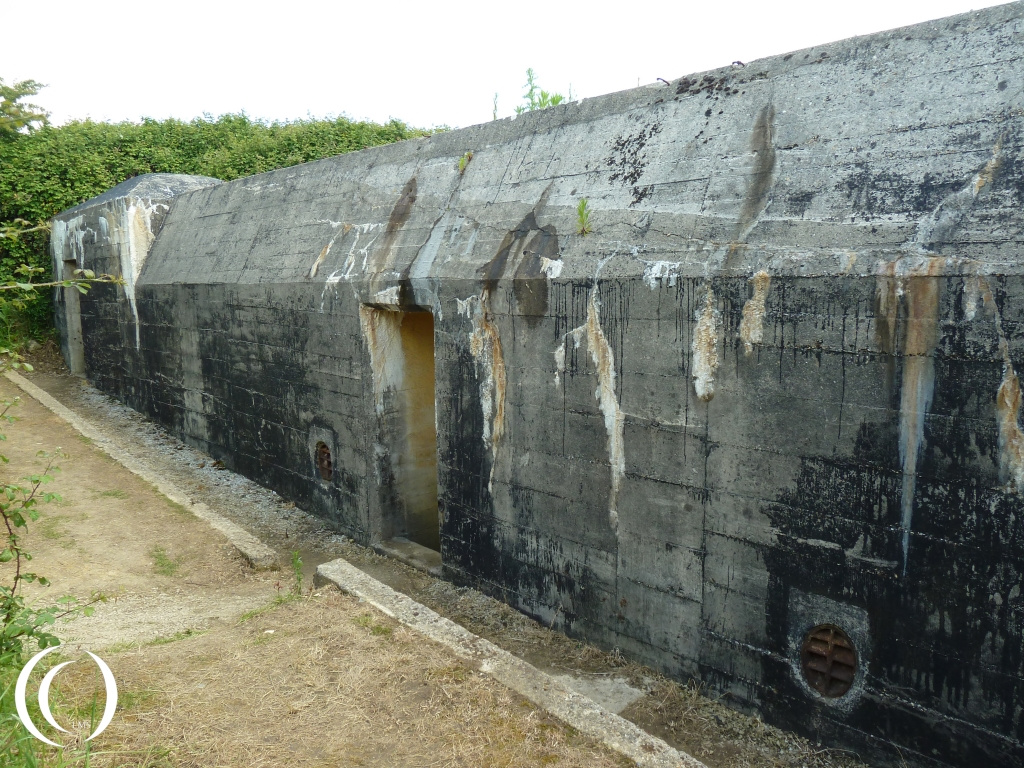
As the years progress more and more documents are released from the archives, so the investigation on Maisy goes on.
Let’s hope new information is available soon and some of the questions are answered.
Visit
Battery Maisy was rediscovered after being buried over 60 years and in April 2007 Battery Maisy opened up for visitors.
The trenches are still covered with soil, so use good footwear, especially when the trenches are wet.
In 2008 the museum received howitzers, Czechoslovakian 150 mm guns which are on display on the original gun emplacements.
The museum is still very raw, excavations are still going on, the office is a portacabin, there is little pavement in the trenches and so on. But due to its roughness the museum shows its beauty, it takes you really close to how it could have looked back in 1944. Imagine wire fences, soldiers with MG42’s and spotters with binoculars and you have a complete picture of the battery. The site of the museum is on Widerstandsnest 83; les Perruques, the other site, Widerstandsnest 84; Martinière lies further down the road.

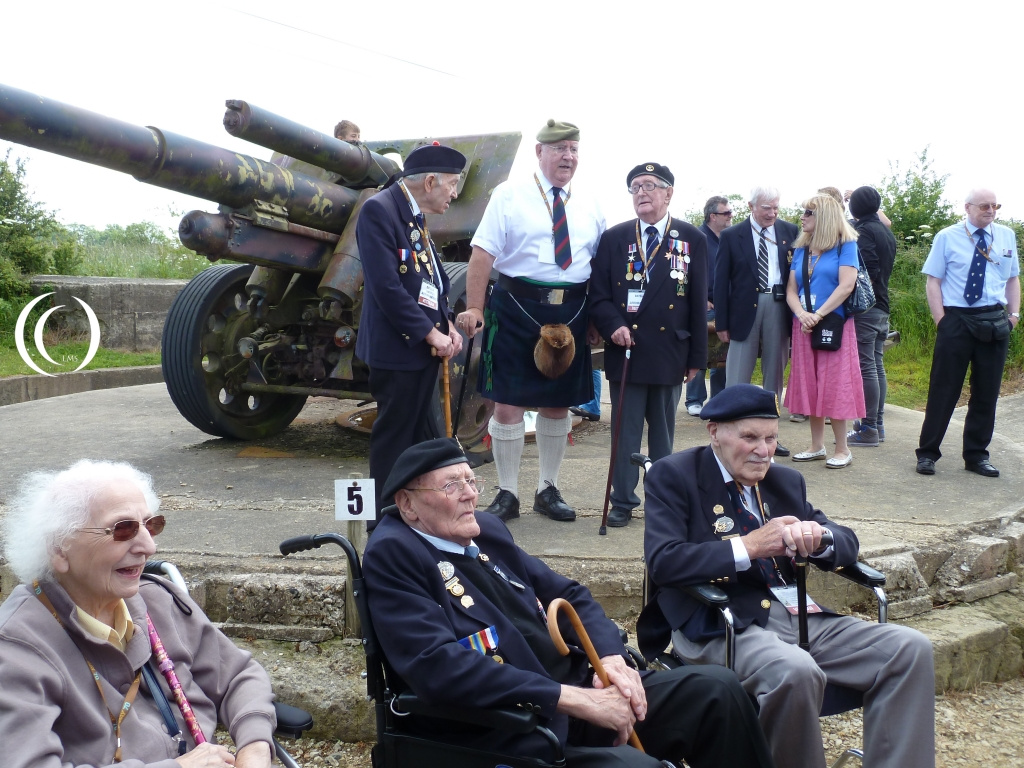
We had some luck on our visit, there were some veterans attending the site as well.
If you like to know more on the subject you can read the book written by Gary Sterne himself with maps, documents and interviews with Rangers and other servicemen.
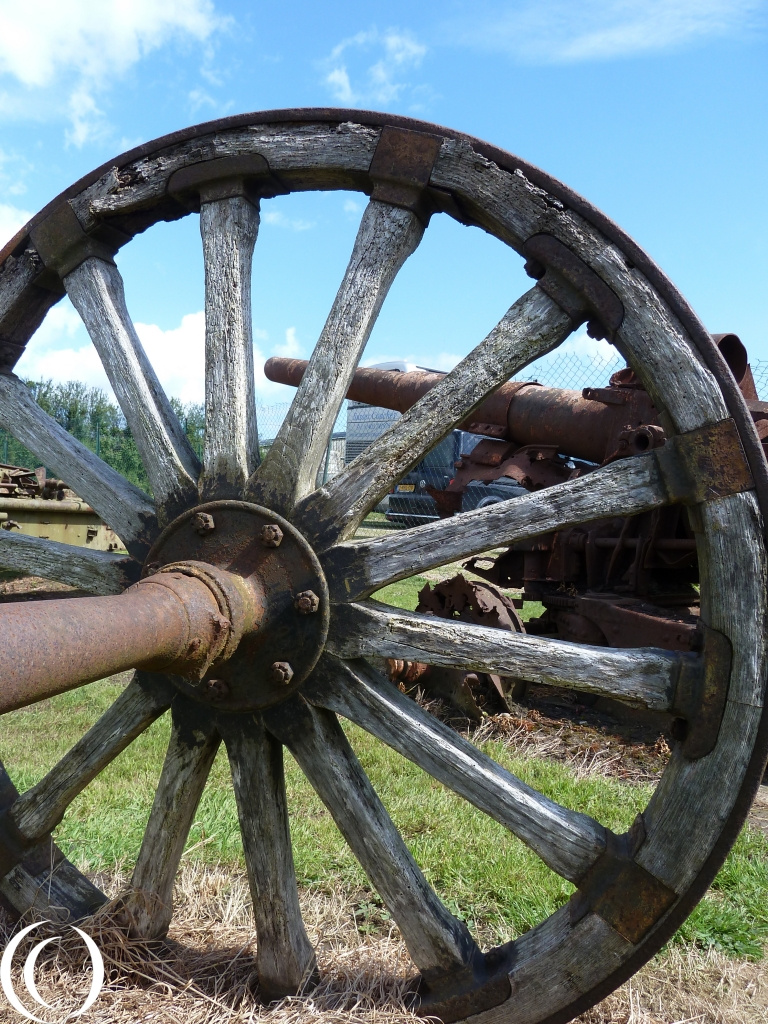
Er visited the site July 2016 after missing it the year before. Sterne’s book is an excellent read for the detailed history buff. My wife and I fell in love with the area; staying twice at the B&B Ferme de Savigny not far from the site.
Highly recommend the battery site and the B&B if you’re planning on visiting the area!!
Spent almost 4 hours exploring the site and talking with Gary Stern May of 2017. Any student of the invasion will find this site extremely interesting. If you are lucky enough to catch Gary on a quite day he will be more than delighted to talk to you at length on his findings at the Maisy Battery and his research on the Point Du Hoc assault.
Don’t be deterred by the undeveloped nature of the site…..it doesn’t have the multi-million dollar makeover as at Point Du Hoc but gives you a true taste of the history of the battles in the Normandy area
Bonjour à vous, je viens de regarder le reportage à la tv et c’est vraiment très intéressant. A voir aux prochaines vacances.